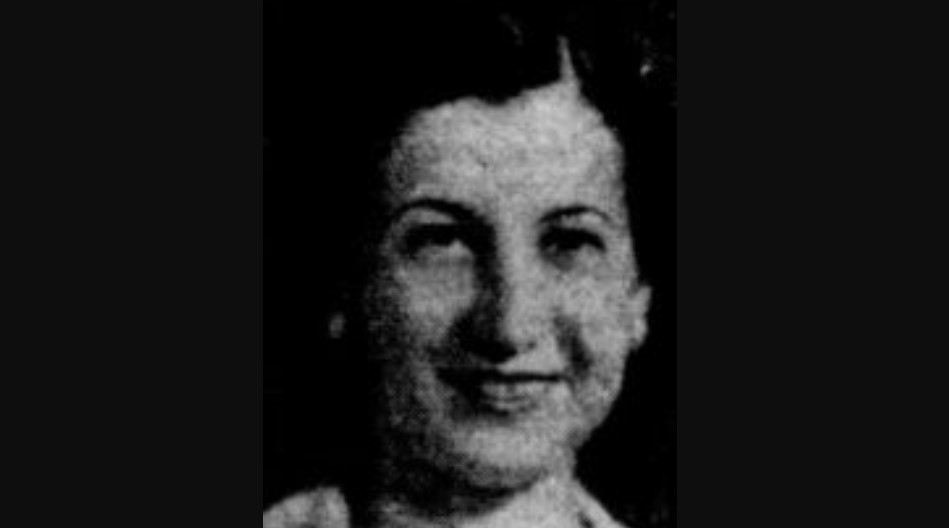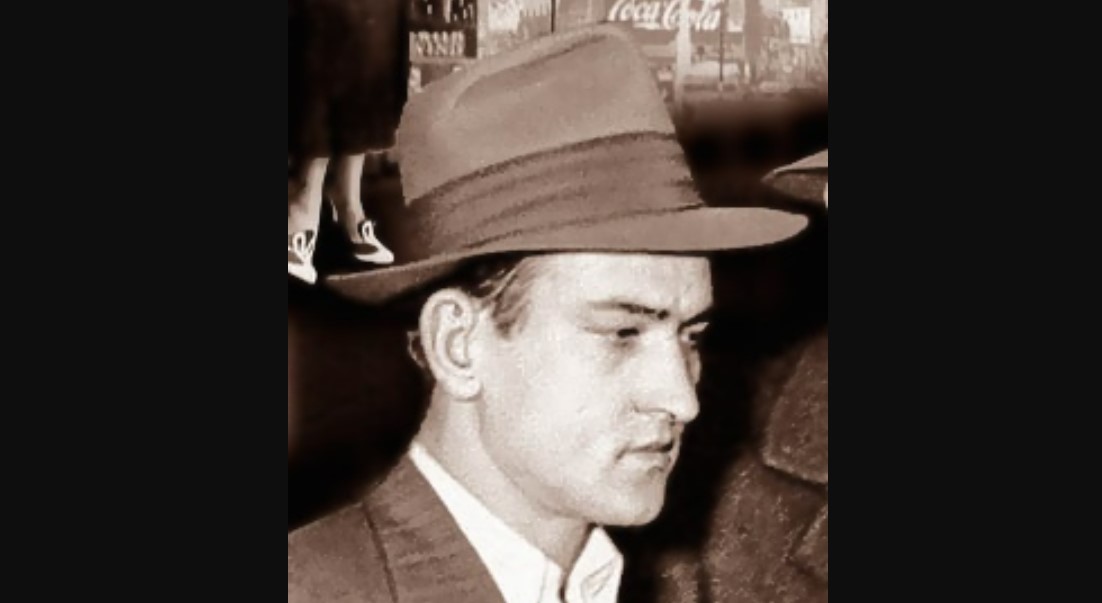One evening in February 1941, John Pappas returned to his apartment in the Bronx, New York, only to find his wife dead in the bedroom. An extensive investigation followed, with the authorities mapping out a series of similar attacks in several states. All of them led to one man — George Joseph Cvek. Investigation Discovery’s ‘A Crime to Remember: The Gentleman Killer’ delves into how the police eventually arrested George and what happened to him afterward.
How Did Catherine “Kitty” Pappas Die?
Kitty Pappas was originally from Alexandria, Egypt. At the time of the incident, she had been married to John Pappas, a wealthy coffee importer, for less than two years. The 29-year-old was two decades younger than John and was a shy person who rarely came out of her third-floor apartment at 1035 Grand Concourse Bronx. Apart from being a teacher at the local church’s Sunday school, Kitty didn’t venture out of the house much or have guests over.

But on February 5, 1941, John came home to make a horrific discovery. Kitty was found strangled to death in their bedroom. There were signs of struggle in the living room, and Kitty had a handkerchief stuffed in her mouth. Apart from that, the 29-year-old’s hands were bound with a necktie and her legs with a towel. While she wasn’t sexually assaulted, the house had been ransacked.
Who Killed Catherine “Kitty” Pappas?
In the living room, it seemed like Kitty had been entertaining a guest; there were coffee cups and glasses of brandy. On another table, they found a bottle of aspirin with a glass of water. As per the show, the time of death was believed to be between 11 am and 3 pm, and the police were able to get fingerprints from the glass of water. The killer stole jewelry, cash, a gold crucifix, and a silver cigarette case.

In the months leading up to Kitty’s slaying, there were similar attacks on other women in the area. The assailant would make his way into the home while the husbands were out, ask for aspirin, and then attack the unsuspecting women. However, Kitty was the first person to have been killed. One attack happened in November 1940 when a couple picked up a hitchhiker who introduced himself as John Mitchell.
John told them about being the mayor of Boys Town, a place for youths founded by Father Edward Flanagan in Nebraska. At the time, he spun a story about being down on his luck and looking for his injured sister. The couple then offered John money. He took their address, saying he wanted to pay them back. A few days later, John showed up at their house when only the wife was at home. He attacked the woman after asking for aspirin. John then bound her and raped her.
Another couple went through a similar experience with a hitchhiker. It seemed a pattern was developing, but the police still had to identify the suspect. In the days that followed, others also came forward with similar stories. The police then uncovered a string of assaults and robberies across multiple states, including one in Philadelphia, Pennsylvania, where a pregnant woman was raped, leading to a miscarriage.
In almost all these cases, the description of the assailant who spun a sad story to gain unsuspecting victims’ sympathy was the same. During most of his interactions, the assailant talked about Boys Town and would often mail Father Flanagan. The authorities found a stack of such letters; with this, they had a handwriting sample in addition to the fingerprint from Kitty’s case.
The investigators eventually identified the culprit as George Joseph Cvek. His fingerprints matched the ones found at Kitty’s crime scene, and he had a lengthy criminal record. They tracked him down to a hotel in New York City, New York, where he used one of his known aliases. George was arrested, and he matched the witness descriptions. Soon, he confessed to multiple crimes that included Kitty’s murder. However, George claimed that it was an accident and he didn’t mean for her to die.
George Joseph Cvek Was Executed in 1942

George Joseph Cvek said at the time, “I put my arm around her (Kitty), she screamed. I grabbed her. We were on the floor. I hit her on the side a few times. When she didn’t move, I knew she was dead.” Once George confessed, the authorities moved forward with trial proceedings, and he was found guilty of Kitty’s murder. In May 1941, George was sentenced to death. Then, on February 26, 1942, the 24-year-old was executed by electrocution, marking a permanent end to his reign of terror across the country.
Read More: How Did Franklin Bradshaw Die?


You must be logged in to post a comment.